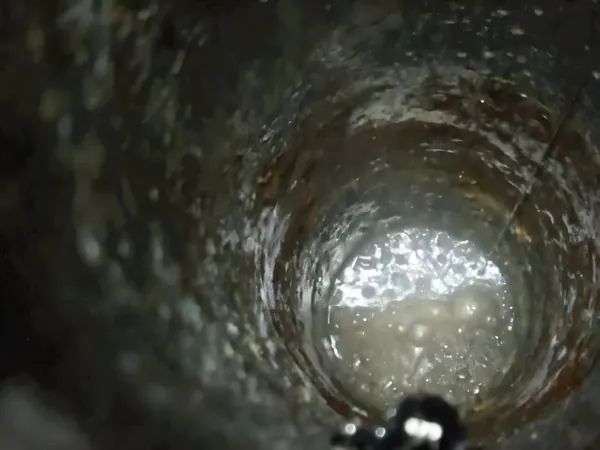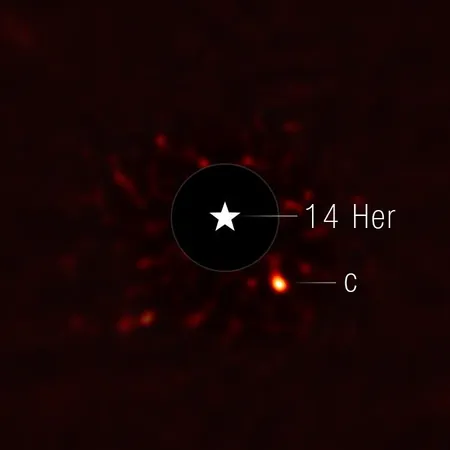
Unveiling Hidden Hydrogen: Earth's Crust May Hold the Key to a Clean Energy Revolution
2025-05-13
Author: Charlotte
In today's world, hydrogen gas is more than just a fuel; it is crucial to the very framework of modern society. From being a critical component in fertilizers that help feed half the global population to acting as a linchpin in strategies towards a carbon-neutral future, the importance of hydrogen cannot be overstated.
Currently, hydrogen is predominantly derived from hydrocarbons, releasing harmful waste gases that contribute 2.4% to global CO2 emissions. As demand for hydrogen skyrockets—projected to leap from 90 million metric tons in 2022 to a staggering 540 million metric tons by 2050—it's imperative that we find non-CO2 emitting sources.
While carbon sequestration and renewable energy methods for hydrogen production are on the horizon, they remain in the developmental stage and lack commercial viability.
However, groundbreaking research from the University of Oxford, in collaboration with Durham University and the University of Toronto, promises a potential game-changer, recently published in Nature Reviews Earth & Environment.
This team has uncovered that over the last billion years, Earth's continental crust has generated enough hydrogen gas to power humanity for a remarkable 170,000 years! Although some of this resource has been lost or remains out of reach, what remains could provide a clean and natural energy source.
Historically, limited sampling of hydrogen has left scientists in the dark about its locations and quantities within the Earth's crust. The researchers emphasize the need for a thorough exploration plan to identify accessible and commercially viable hydrogen deposits.
Professor Jon Gluyas from Durham University remarks, "We've developed an exploration strategy for helium that can be adapted for hydrogen. Our research outlines essential strategies to locate different hydrogen systems based on production, rock types, migration pathways, and conditions that lead to gas field formation.”
Co-author Professor Barbara Sherwood Lollar from the University of Toronto highlights the fact that subterranean microbes are naturally drawn to hydrogen, stressing the importance of avoiding environments that expose it to these microbes to preserve its accumulations.
The study also points out areas ripe for further research, such as understanding rock reaction efficiencies and the geological history required to bring suitable rocks into contact with water for optimal reactions.
Notably, while aspects of hydrogen sourcing from Earth’s mantle have been speculative, the researchers clarify that viable sources are primarily located within more commonly encountered geological formations in the crust. These formations can vary in age, with some being relatively young, while others are ancient but found across the globe.
Lead author Professor Chris Ballentine emphasizes, "Finding the right combination of ingredients for hydrogen accumulation is akin to cooking a soufflé—get any element wrong and the outcome will be disappointing. A successful, repeatable exploration recipe could unlock a competitively priced, low-carbon hydrogen source, propelling us closer to our energy transition goals.”
With the right tools and strategies, we could tap into Earth's hidden hydrogen reserves, marking a pivotal step towards sustainable and clean energy for the future.









 Brasil (PT)
Brasil (PT)
 Canada (EN)
Canada (EN)
 Chile (ES)
Chile (ES)
 Česko (CS)
Česko (CS)
 대한민국 (KO)
대한민국 (KO)
 España (ES)
España (ES)
 France (FR)
France (FR)
 Hong Kong (EN)
Hong Kong (EN)
 Italia (IT)
Italia (IT)
 日本 (JA)
日本 (JA)
 Magyarország (HU)
Magyarország (HU)
 Norge (NO)
Norge (NO)
 Polska (PL)
Polska (PL)
 Schweiz (DE)
Schweiz (DE)
 Singapore (EN)
Singapore (EN)
 Sverige (SV)
Sverige (SV)
 Suomi (FI)
Suomi (FI)
 Türkiye (TR)
Türkiye (TR)
 الإمارات العربية المتحدة (AR)
الإمارات العربية المتحدة (AR)